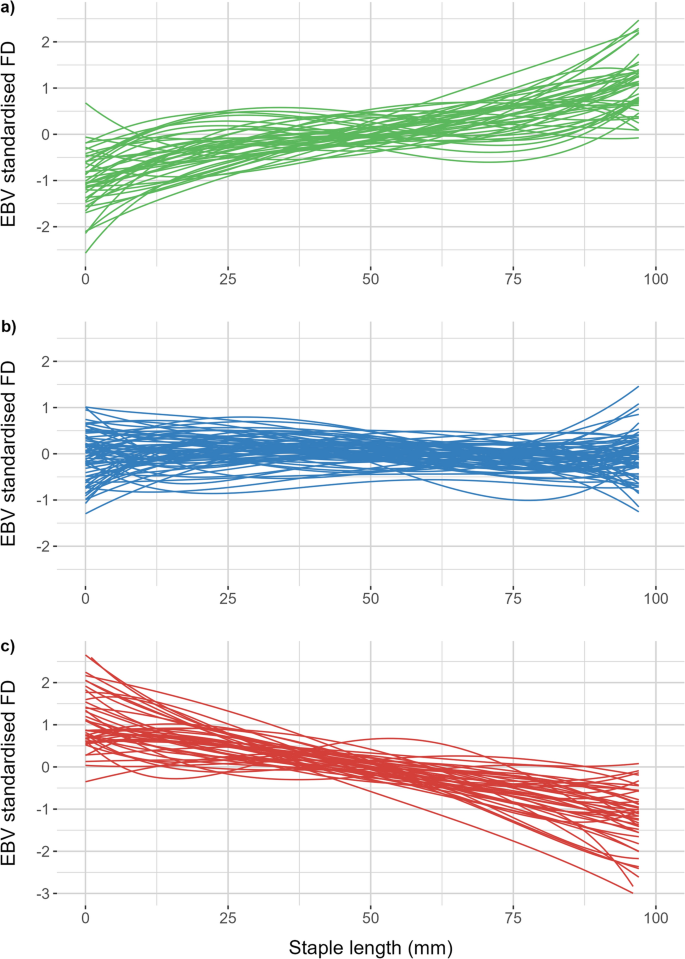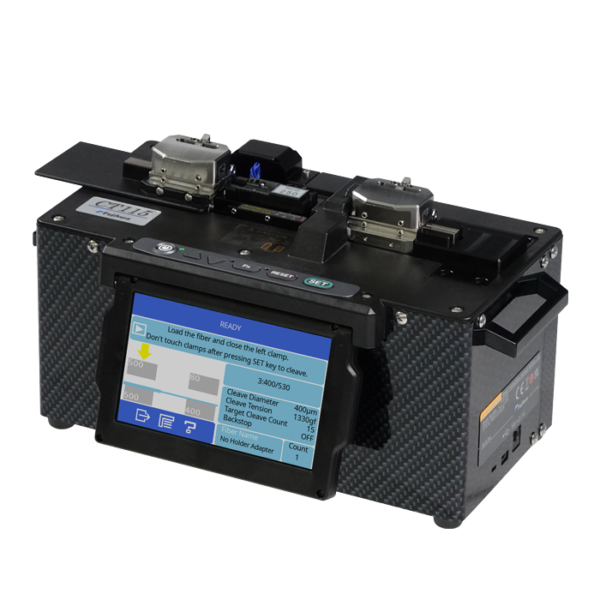Advanced Technology for Optical Fibre Diameter Analyser Precision
Advanced Technology for Optical Fibre Diameter Analyser Precision
Blog Article
Maximize Your Fiber Optic Performance: Comprehending Optical Fiber Size Analyser Technology
The performance of fibre optic systems is critically influenced by the accuracy of their size, an aspect commonly neglected in the pursuit of optimum signal integrity. Comprehending the technology behind optical fiber size analysers discloses the elaborate balance between dimension accuracy and manufacturing quality.
Relevance of Optical Fibre Size
The diameter of optical fibre plays an important function in identifying the performance and performance of interaction systems. It influences several essential parameters, including the mode of light proliferation, depletion, and data transfer capability. Bigger sizes commonly permit several light modes, helping with greater data transmission rates. Alternatively, smaller sized sizes often tend to sustain less modes, which can enhance signal clearness and lower crosstalk.

Additionally, understanding the size's ramifications can result in cost savings by minimizing the requirement for signal boosting and repeaters in considerable networks (optical fibre diameter analyser). Finally, the relevance of optical fibre diameter can not be overstated, as it straight affects the general efficiency and integrity of modern interaction systems

How Diameter Influences Signal Quality
Signal high quality in optical fibre systems hinges substantially on the diameter of the fibre. The diameter influences several key criteria, including attenuation, data transfer, and modal dispersion. A smaller sized diameter can bring about greater depletion prices, resulting in signal loss as light travels with the fibre. This depletion can endanger the integrity of the transmitted information, bring about a decrease in signal top quality, specifically over cross countries.
On the other hand, bigger sizes normally enable for enhanced light capture and decreased modal diffusion, enhancing signal quality. In multimode fibers, a larger core size can sustain numerous light modes, yet it may additionally present intermodal dispersion, which can weaken signal quality. Therefore, choosing the optimum fiber size is vital for accomplishing the desired performance in certain applications.
Moreover, the interaction in between the fibre size and the wavelength of the light used plays a critical function in identifying the effective transmission distance and total signal integrity. Understanding how fibre size affects signal top quality is essential for network designers and designers aiming to maximize optical fibre systems for trustworthy, high-speed information transmission.
Overview of Diameter Analyser Innovation
In numerous optical fibre production procedures, precise dimension of fibre diameter is necessary for making certain consistent performance and top quality (optical fibre diameter analyser). Size analysers are sophisticated instruments made to examine the physical dimensions of optical fibers with high accuracy. They use advanced optical and laser technologies to gauge the diameter, ovality, and concentricity of the fiber, therefore offering my explanation crucial data for top quality control
These analysers can operate in-line during the manufacturing process or as component of off-line screening protocols. In-line systems make it possible for real-time tracking, enabling producers to readjust specifications right away, therefore preserving optimal production conditions. Off-line analysers, on the other hand, give extensive assessments of sets, making certain that any variances from specified resistances are recognized and attended to.
Size analysers considerably add to the reduction of defects in optical fibres, improving overall product reliability. By consistently gauging essential criteria, these technologies facilitate compliance with sector standards and requirements. As the demand for high-performance optical fibres continues to increase, the duty of size analysers ends up being increasingly important in attaining the preferred top quality and efficiency criteria in fiber optic systems.
Secret Functions of Fibre Diameter Analysers
Although different models of fibre size analysers exist, they generally share numerous key functions that enhance their functionality and integrity. One of one of the most significant functions is high-resolution dimension abilities, which ensure accurate size readings, important for maintaining top quality control in fiber production. Additionally, many analysers integrate sophisticated optical sensing units developed to spot minute variations in fibre size, hence supplying invaluable data for process optimization.
Another essential feature is real-time monitoring, enabling operators to get immediate feedback on fibre diameter throughout the production procedure (optical fibre diameter analyser). This capability helps with fast modifications and lowers the likelihood of flaws. Many analysers additionally come outfitted with user-friendly interfaces, enabling drivers to conveniently navigate via setups and information results
Furthermore, robust data storage and evaluation capabilities are essential for tracking historic efficiency patterns and ensuring compliance with sector criteria. Some designs even use connection choices for assimilation right into existing manufacturing control systems, improving overall functional performance. Finally, compact and mobile designs allow for versatile deployment within production environments, ensuring that quality control procedures are seamless and reliable. These attributes jointly add to the efficacy of fiber size analysers in maximizing fiber optic performance.
Best Practices for Fibre Optimization

First, normal calibration of optical fibre diameter analysers is important. This makes certain accurate dimensions and reduces possible discrepancies that might impact performance. Next off, preserving a tidy workplace is vital; dust and pollutants can result in indicate degradation.
Additionally, it is vital to choose fibers that satisfy particular application needs. This entails reviewing aspects such as depletion, transmission capacity, and ecological problems. Proper setup techniques must likewise be complied with, consisting of avoiding sharp bends and too much tension, which can endanger fibre integrity.
In addition, utilizing innovative monitoring systems can assist in real-time efficiency evaluations, making it possible for timely recognition of issues. Regular screening and you can try these out upkeep must be conducted to guarantee that fibers stay within optimum functional specifications.
Lastly, training workers on the latest fibre optimization technologies and techniques will boost their ability to apply effective approaches. By complying with these best techniques, organizations can substantially boost the performance and life expectancy of their optical fiber systems, making certain effective interaction and data transfer.
Conclusion
In final thought, the integration of optical fiber size analyser innovation is vital for making the most of fiber optic performance. By ensuring exact dimensions of fibre dimensions, these analysers dramatically boost signal high quality and minimize losses during information transmission. Routine calibration and maintenance of the analysers are essential to promote optimum performance and conformity with sector standards. Inevitably, the application of this modern technology helps with improved data transmission prices and reinforces signal honesty, adding to the overall performance of fiber optic systems.
Signal quality in optical fiber systems hinges dramatically on the diameter of the fibre.In numerous optical fibre manufacturing processes, accurate dimension of fiber size is important for ensuring constant efficiency and high quality. As the need for high-performance optical fibers continues to increase, the function of size analysers becomes significantly crucial in achieving the desired quality and performance look these up standards in fibre optic systems.
These features collectively add to the efficacy of fiber size analysers in maximizing fiber optic efficiency.
In conclusion, the combination of optical fiber size analyser technology is critical for taking full advantage of fiber optic performance.
Report this page